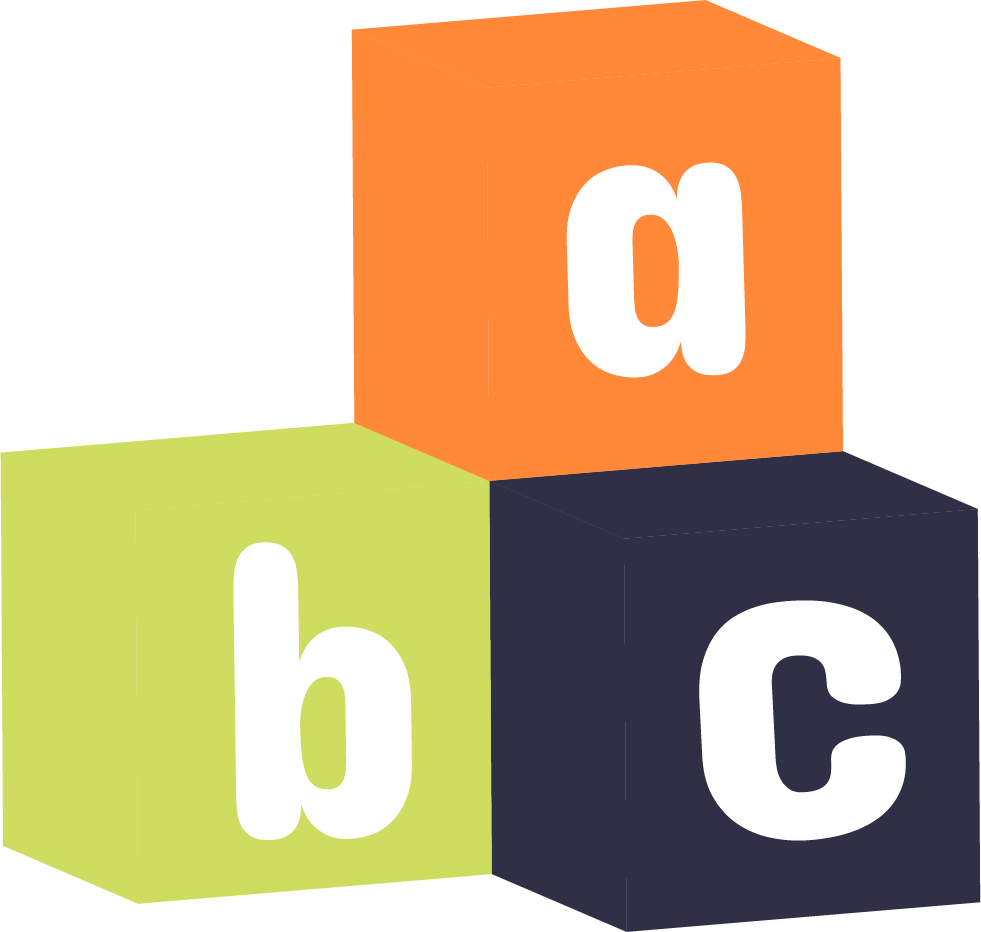Explore activities to do with 4 month old
At four months old, babies are undergoing rapid development, both physically and cognitively. Engaging them in appropriate activities not only stimulates their growing brains but also fosters important skills like motor coordination and social interaction. Here, we present a range of activities tailored to the needs and abilities of a 4-month-old infant, ensuring a fun and enriching experience for both baby and parent.
Sensory Stimulation Activities
Tummy Time
Tummy time is a fundamental activity for infants that goes beyond physical development. By placing your baby on their stomach on a soft, flat surface and encouraging them to lift their head, you’re not only helping them build neck and upper body strength but also fostering essential sensory development. This position offers babies a new perspective to explore their surroundings, engaging their visual and tactile senses in a novel way. As they lift their head and look around, they’re strengthening their ability to focus on objects and track movements visually. Additionally, the sensation of being in a prone position against a soft surface provides tactile stimulation, enhancing their awareness of different textures and surfaces. Regular tummy time sessions not only promote motor skills and muscle development but also contribute significantly to your baby’s overall sensory and cognitive growth. Therefore, incorporating tummy time into your baby’s routine is crucial for their holistic development and well-being.
Sensory Play with Textures
Introducing your baby to a diverse range of textures can be an incredibly engaging and beneficial experience for their sensory development. By providing them with various fabrics, textured toys, and household items under careful supervision, you create opportunities for them to explore different surfaces, including smooth, rough, and soft textures. Allowing your baby to touch, grasp, and explore these textures not only stimulates their sense of touch but also encourages curiosity and exploration. As they interact with different materials, they begin to understand the concept of texture and how it varies from one object to another. This tactile exploration promotes sensory integration, helping them to process and respond to sensory stimuli more effectively.
Furthermore, engaging in tactile play with a variety of textures can support the development of fine motor skills as they learn to manipulate objects and coordinate their movements. It also fosters cognitive development by encouraging them to make connections between the textures they feel and the objects they encounter in their environment. Overall, introducing your baby to different textures offers a multi-sensory learning experience that promotes curiosity, exploration, and crucial developmental skills.

Visual Stimulation
By four months old, babies experience significant development in their visual awareness and responsiveness. To capitalize on this, it’s essential to stimulate their visual senses with high-contrast images and colorful toys. Hanging a mobile adorned with bold patterns above their crib or play area can captivate their attention and encourage visual tracking. Additionally, interactive play with brightly colored objects further engages their developing visual abilities. These activities not only provide sensory stimulation but also foster cognitive development by encouraging exploration and discovery through sight. Therefore, incorporating visually stimulating elements into your baby’s environment can support their ongoing growth and learning.
Cognitive Development Activities
Mirror play is a captivating activity for babies as they become increasingly aware of themselves and their surroundings. By using a child-safe mirror, you can introduce your baby to mirror play, which offers a multitude of developmental benefits. Encourage your baby to interact with their reflection by making funny faces, singing songs, or simply engaging them in eye contact. This not only promotes self-awareness as they begin to recognize themselves but also fosters social interaction and emotional development.
Engaging in mirror play provides babies with a unique opportunity to explore their own facial expressions and movements, helping them develop a sense of identity and self-recognition. Additionally, interacting with their reflection can enhance their understanding of cause and effect, as they see their actions mirrored back to them.
Furthermore, mirror play encourages social interaction as babies may mimic facial expressions or gestures they see in the mirror, fostering a sense of connection and communication. This early form of social interaction lays the foundation for developing interpersonal skills and forming attachments with others later in life.
Moreover, mirror play supports emotional development by providing babies with a safe space to explore and express their emotions. As they observe their own facial expressions and reactions in the mirror, they begin to understand and regulate their feelings, laying the groundwork for emotional intelligence.
Through object exploration, babies learn about object permanence, cause and effect, and spatial relationships. They develop hand-eye coordination and fine motor skills as they grasp, shake, and manipulate toys. Additionally, exploring different objects stimulates their senses and encourages curiosity and creativity.

Motor Skills Development Activities
Grasping Practice
At four months old, babies are reaching an important stage in their development where they begin to refine their hand-eye coordination and grasping skills. As a parent or caregiver, you can support this development by providing them with toys that are specifically designed to be easy to hold and manipulate.Rattles and textured teethers are excellent choices for stimulating your baby’s developing motor skills. These types of toys are lightweight, have interesting shapes, and often feature different textures that can engage your baby’s senses while they explore and play. The rattling sound produced by a rattle can also capture their attention and encourage them to reach out and grasp the toy.
When offering toys to your baby, be sure to choose ones that are safe and appropriate for their age and developmental stage. Look for toys with rounded edges and non-toxic materials to ensure their safety during playtime.Encourage your baby to reach out and grab the toys by placing them within their reach during tummy time or while they are sitting with support. As they attempt to grasp the toys, praise their efforts and celebrate their achievements, even if they only manage to touch or briefly hold onto the toy. This positive reinforcement helps build their confidence and encourages them to continue exploring and practicing their grasping skills.
Leg Exercises
Gentle leg exercises are a valuable way to support your baby’s physical development, particularly in strengthening their lower body muscles and promoting gross motor skills. One effective exercise is the bicycle motion, where you lay your baby on their back and gently move their legs in a pedaling motion, mimicking the movement of riding a bicycle. This action helps to engage and strengthen their leg muscles while also promoting flexibility and coordination.
Another beneficial activity is assisted standing or supported sitting. By providing your baby with support, either by holding their hands while they stand or by propping them up in a supported sitting position, you can help them develop balance and stability. These activities encourage your baby to bear weight on their legs and engage their core muscles, which are essential for achieving important milestones such as crawling and eventually walking.
It’s important to approach these exercises with gentleness and sensitivity to your baby’s cues. Start with short sessions and gradually increase the duration as your baby becomes more comfortable and accustomed to the movements. Always ensure that your baby is in a safe and secure environment, with proper support to prevent any risk of falling or injury.

Social and Emotional Development Activities
Baby Talk and Singing
Encouraging meaningful interaction with your baby is vital for their development. One effective way to do this is through face-to-face communication. Whether it’s engaging in gentle conversation or singing soothing melodies, the key is to use soft tones and simple tunes to capture their attention and strengthen your bond.
By serenading your baby with familiar nursery rhymes or creating silly songs together, you not only entertain them but also support their language progression. These activities help enhance their linguistic skills and create joyful moments of shared connection between you and your little one.
Remember, the goal is not just to communicate but also to foster a sense of closeness and understanding. Through these interactions, you can lay a strong foundation for your baby’s social and emotional development, setting the stage for a lifetime of meaningful relationships.

Cuddling and Bonding Time
Skin-to-skin contact, also known as kangaroo care, is a fundamental practice in fostering a deep and enduring bond between a parent and their baby. This intimate form of contact involves holding the baby against the parent’s bare chest, allowing for physical closeness and warmth.
Engaging in regular skin-to-skin contact provides numerous benefits for both the parent and the baby. Firstly, it promotes the release of oxytocin, often referred to as the “love hormone,” which enhances feelings of attachment and affection between the parent and the baby. This can contribute to the development of a strong emotional bond.
Additionally, skin-to-skin contact has been shown to regulate the baby’s body temperature, heart rate, and breathing patterns, promoting physiological stability and overall well-being. It also supports breastfeeding by encouraging the baby to latch on and nurse effectively.
Taking time each day for cuddling and bonding through skin-to-skin contact can occur during various daily activities, such as feeding, diaper changes, or simply spending quality time together on the couch. Furthermore, incorporating gentle massages or specialized infant massage techniques can further deepen the connection between parent and baby while promoting relaxation and emotional well-being for both parties involved.

Tips for Safe and Engaging Playtime
Ensuring a safe and stimulating play environment is crucial for your baby’s development. Always supervise your baby during playtime and provide age-appropriate toys and activities. Rotate toys regularly to keep things interesting and prevent overstimulation. And most importantly, be responsive to your baby’s cues and signals, adjusting activities accordingly to meet their needs.
In conclusion, engaging in age-appropriate activities is essential for stimulating your 4-month-old baby’s development. By incorporating sensory, cognitive, motor, and social-emotional activities into their daily routine, you can provide them with a rich and fulfilling learning experience. Remember to have fun and enjoy this special time of discovery and growth with your little one!
